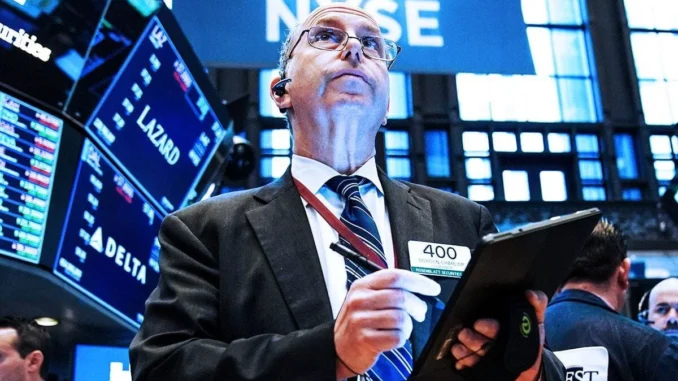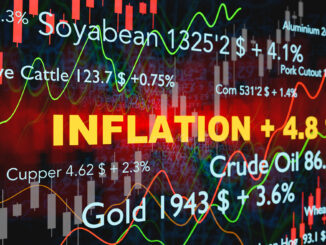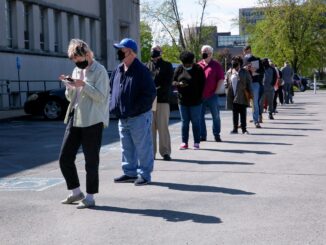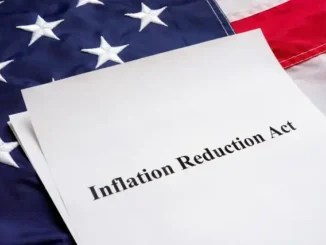
The New York Fed’s March inflation forecasts added further upward pressure on Treasury bond yields and the dollar Monday as investors look to one final rate hike from the central bank next month in Washington following Friday’s surprisingly solid jobs report.
Year-ahead inflation expectations jumped by 50 basis point to 4.7% in March, the New York Fed said in its closely-tracked Survey of Consumer Expectations, even as participants noted the tightest overall credit conditions since 2015 in the wake of the Silicon Valley Bank collapse and the closure of Signature Bank shortly afterwards.
“Respondents were more pessimistic about future credit availability as well, with the share of households expecting it will be harder to obtain credit a year from now also rising,” the survey noted.
Friday’s jobs data showed the U.S. economy added 236,000 new jobs last month, a figure that takes the year-to-date tally to just over 1 million, with the Bureau of Labor Statistics revising its February estimate higher and its January figure lower.
Wage data was also mixed, with average hourly earnings rising 0.3% on the month, matching Street forecasts, but slowing to 4.2% on the year compared with the 4.6% pace recorded in February.
Still, the odds of a March rate hike remain firm, with the CME Group’s FedWatch indicating a 67.7% chance the Fed will lift its target rate to between 5% and 5.25% next month in Washington, although the market is also forecasting a September Fed cut as the economy turns south over the summer months.
Benchmark 10-year Treasury note yields were marked 5 basis points higher from Thursday levels at 3.417% while 2-year note yields were last seen trading at 4.001%.
The U.S. dollar index, which tracks the greenback against a basket of six global currency peers, was marked 0.62% higher at 102.72 after hitting a two-month of low 101.40 prior to Friday’s jobs data.
On Wall Street, the S&P 500 was marked 24 points lower by mid-day trading while the Dow Jones Industrial Average fell 36 points. The tech-focused Nasdaq was down 110 points.
The New York Fed survey data likely puts Wednesday’s March CPI reading in stark focus, as investors look to any signals of consumer price cooling following Friday’s mixed March jobs report and a series of weaker-than-expected labor market readings.
Economists are forecasting headline inflation will slow to an annualized rate of 5.2%, with the closely-tracked core reading at 5.5%, compared to readings of 6% and 5.5% respectively over the month of February.
Growth prospects are beginning to dim, however, amid concerns that tighter credit conditions will choke off new investment, triggering a slow-down in hiring and a corresponding pullback in GDP.
Activity in the most important sector of the U.S. economy slowed notably last month, according to data from the Institute of Supply Management’s benchmark survey, with two important sub-components — measuring employment and prices paid — indicating cooling inflation pressures heading into the spring and summer months.
The ISM’s March survey of manufacturing activity, meanwhile, was pegged at 46.3 — well below the 50 mark that separates growth from contraction — with Bank of America’s weekly “Flow Show” report noting that readings below 45 have preceded every U.S. recession for the past seven decades.



